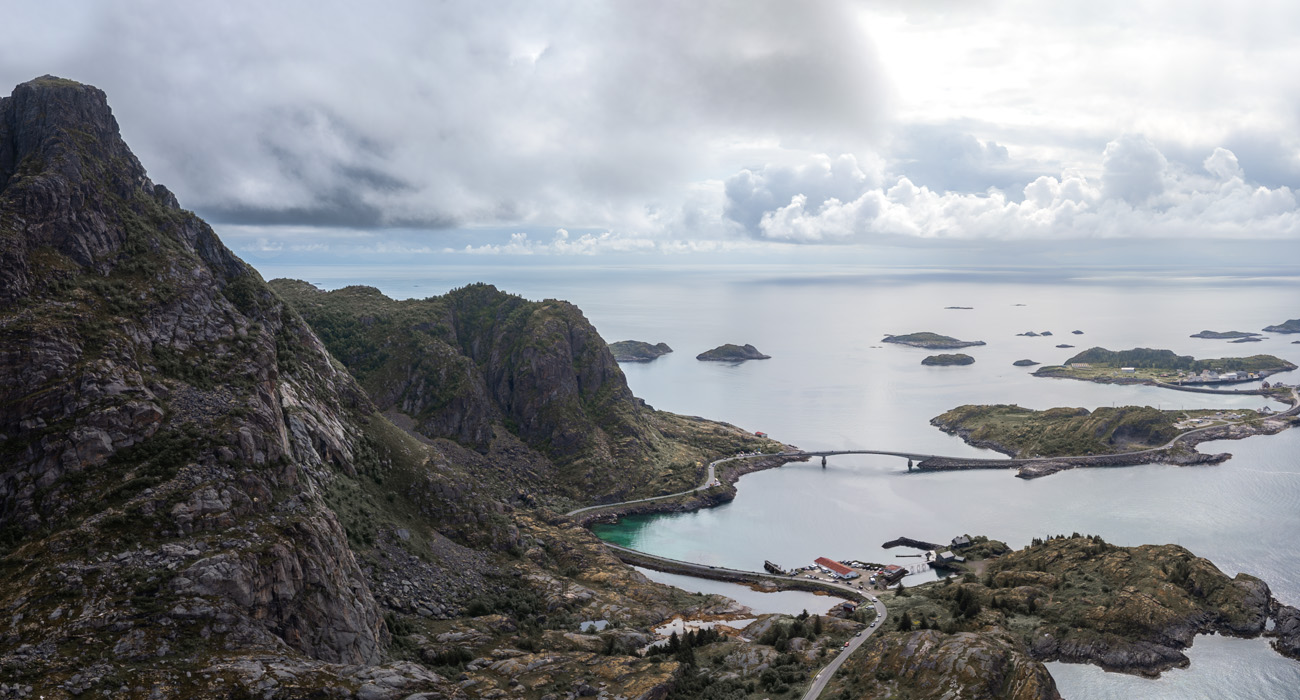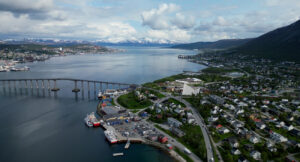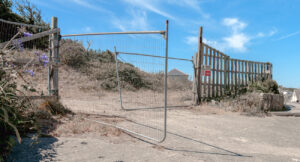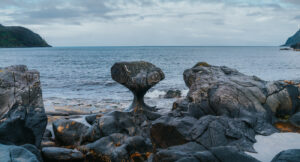Landscape Photography in Lofoten: A Practical Guide for Photographers
The Lofoten Islands are among Europe’s most photogenic destinations—a remote Arctic archipelago where jagged peaks rise straight from the sea, fishing villages cling to the shoreline, and ever-changing light transforms the landscape hour by hour. For landscape photographers, Lofoten is a visual playground that offers raw natural drama and serene Nordic beauty in equal measure.
In this guide, you’ll find practical advice on the best locations, ideal seasons, must-have gear, and insider tips to make the most of your photography trip to Lofoten.
Why Lofoten Is a Dream for Landscape Photographers
- Dramatic contrasts: Mountain meets ocean, snow against red cabins, stormy skies over white sand beaches.
- Seasonal extremes: Midnight sun in summer; polar night and aurora borealis in winter.
- Compact accessibility: Most iconic photo locations are within short drives from one another.
- Pristine Arctic light: Soft and diffused, especially in winter and shoulder seasons.
Best Photo Locations in Lofoten
Here are some of the most epic, must-visit photography spots on the islands:
- The most iconic image of Lofoten: red Rorbuer cabins on stilts with snow-covered peaks in the background.
- Golden hour and blue hour both work perfectly here.
- Best vantage: the bridge overlooking Hamnøy harbor.
2. Haukland & Uttakleiv Beaches
- Turquoise water, sweeping mountain backdrops, and reflective tidal pools.
- Excellent foreground elements for long exposures.
- Great for sunsets and night photography.
3. Skagsanden Beach (Flakstad)
- Known for patterns in the black sand and seaweed textures.
- Popular spot for aurora photography due to open views and north-facing orientation.
- Curved bridges stretching over the fjords—perfect leading lines.
- Sunrise and early morning fog can add depth and atmosphere.
5. Henningsvær
- The football field surrounded by sea and cliffs is a fantastic drone shot.
- The harbor area also offers great golden light compositions with boats and mountain reflections.
- Short but steep hike with panoramic views of the coastline.
- Ideal for sunrise and moody cloudscapes.
When to Visit for Photography
| Season | Highlights | Notes |
| Winter (Dec–Mar) | Northern Lights, snow, soft Arctic light | Slippery roads, short days |
| Spring (Apr–May) | Longer light, fewer tourists | Variable weather |
| Summer (Jun–Aug) | Midnight sun, green landscapes | Harsh light mid-day |
| Autumn (Sep–Oct) | Aurora returns, warm colors | Unstable weather, great skies |
Pro Tip: October to March offers the best balance for dramatic skies, aurora potential, and manageable tourism.
Gear Recommendations
Lofoten’s conditions can be demanding. Here’s what to bring:
- Camera body with good low-light performance (full-frame if possible)
- Lenses:
- Ultra-wide (e.g., 14–24mm) for landscapes and aurora
- Standard zoom (24–70mm) for versatility
- Telephoto (70–200mm or more) for compressing mountain layers
- Tripod: Essential for long exposures and low-light
- ND filters for daytime long exposures on beaches
- Polarizer to reduce glare on water and enhance skies
- Spare batteries (cold drains them quickly)
- Weather-sealed gear or protection kits
Practical Tips for Photographers
- Use apps like PhotoPills or Planit to plan sun positions and Milky Way alignments.
- Check Aurora forecasts on websites like spaceweatherlive.com or the “My Aurora Forecast” app.
- Be prepared for fast-changing weather—always have a rain cover or poncho.
- Shoot in RAW—you’ll need the flexibility in post.
- Respect local life—many of the cabins are private property.
Budget & Travel Tips
- Getting there: Fly into Leknes or Svolvær, or drive from Narvik via the E10 highway.
- Accommodation:
- Budget: Lofoten Vandrerhjem, Airbnb rooms in Kabelvåg or Leknes
- Photographer’s favorite: Rent a Rorbu cabin near Reine or Hamnøy
- Food: Stock up on groceries—restaurants are expensive and have limited hours in winter.
Final Thoughts
Photographing Lofoten is not just about stunning visuals—it’s about chasing light in one of the world’s most dynamic landscapes. Whether you’re drawn by towering peaks, the northern lights, or the stillness of Arctic beaches, these islands will leave a deep impression on both your memory card and your soul.




